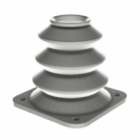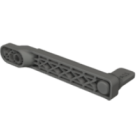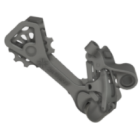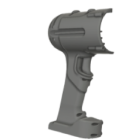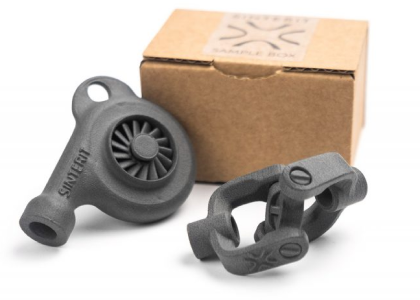Is buying a 3D printer worth it in 2025?
As 3D printing becomes more accessible, the question many individuals and companies ask is: is a 3D printer worth it? The answer depends not just on the cost of the machine, but on what you plan to do with it. A 3D printer is not a gadget — it’s a tool. And like any tool, its value is defined by how often and how effectively you put it to work.
How much do 3D printers really cost?
In absolute terms, 3D printers aren’t inherently expensive — but the full cost picture involves more than the machine itself. Entry-level FDM printers now start well below €500, while professional desktop machines range between €2,000–€10,000. Industrial systems — especially those using SLS, MJF, or metal technologies — demand a higher investment, often exceeding €50,000. But even then, pricing is relative: a €6,000 printer that replaces months of outsourced prototyping or toolmaking can pay for itself quickly.
Material costs, post-processing tools, maintenance, software, and time also play into the equation. Still, when considered against traditional fabrication or supplier cycles, the economics of 3D printing often favor in-house capability — especially for low- to medium-volume production or rapid design iteration.
What are the real benefits of owning a 3D printer?
The true value of a 3D printer lies in autonomy and iteration speed. For engineers, designers, makers, or educators, being able to test an idea in hours — not weeks — changes how products are developed. A single functional prototype can cost more and take longer through a third-party supplier than if printed in-house. Over time, the cost of outsourced parts, lost time, and missed deadlines can far outweigh the upfront investment in a printer.
In professional environments, a printer’s worth also comes from what it prevents: downtime, delays, or reliance on rigid supply chains. In fields like automotive, aerospace, or product development, that agility translates directly into saved costs and competitive edge.
When a 3D printer might not be worth the investment
A 3D printer may not be worth it if you print infrequently, expect perfect results without a learning curve, or need mass production quantities. Additive manufacturing excels at low-batch, high-customization, and early-phase prototyping, but traditional methods still lead in unit cost for very high volumes. Additionally, if your workflow doesn’t allow time for calibration, design iteration, or finishing, you may not see the full benefit.
Summary: should you buy a 3D printer?
So, is a 3D printer worth it? In the right hands, with a clear use case, absolutely. It’s not just about reducing costs — it’s about reclaiming time, controlling your workflow, and accelerating innovation. Whether you’re building functional parts, prototypes, teaching tools, or replacement components, a 3D printer delivers value when it’s actively integrated into your process. And for those who use it well, it quickly becomes indispensable.
Explore also
- How to calculate 3D printing cost?
- Factors affecting print cost
- 3D printing: in-house vs outsourcing
- Is 3D printing cost-effective for production and prototyping?
- How much is 3D printing?
- Is 3D printing profitable?
- How to reduce 3D printing cost
- Do 3D printers use a lot of electricity?
Related categories




